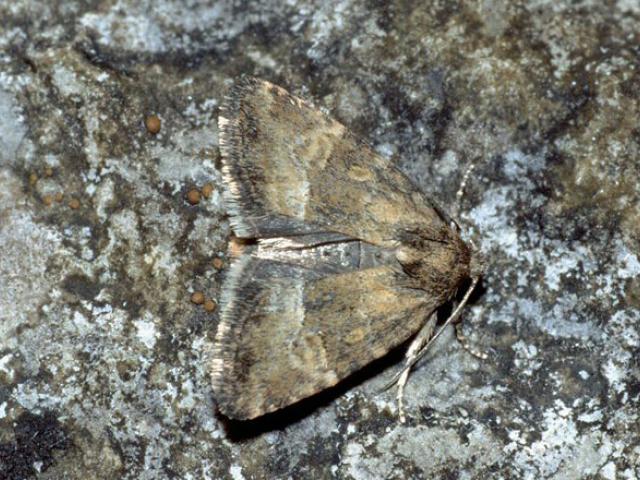
Least Minor
The moth varies considerably, from pale cream to dark brown with diverse markings, often with a central cross bar. It can be confused with the Rosy Minor, Middle-barred Minor and Least Minor, but the Cloaked Minor is generally more slender with narrower forewing. Males fly close to the ground late in the day. More frequently seen after dark.
The adult males can be seen flying low over the ground around sunset. They are attracted to light. The caterpillars can be found from August to early the following June feeding inside the stems of the foodplant.
Grasses such as Sheep’s-fescue (Festuca ovina), Tufted Hair-grass (Deschampsia cespitosa) and False Oat-grass (Arrhenatherum elatus).
The moth is usually found in open, well-drained grassland, especially coastal sand-dunes, cliffs and chalk downland.
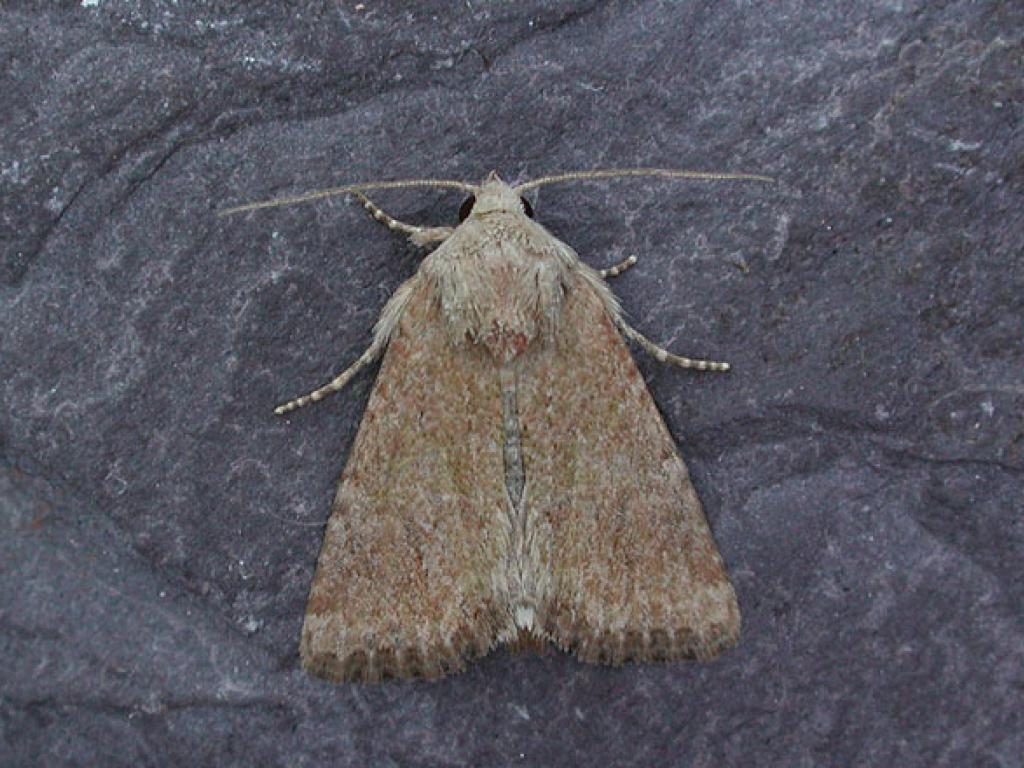
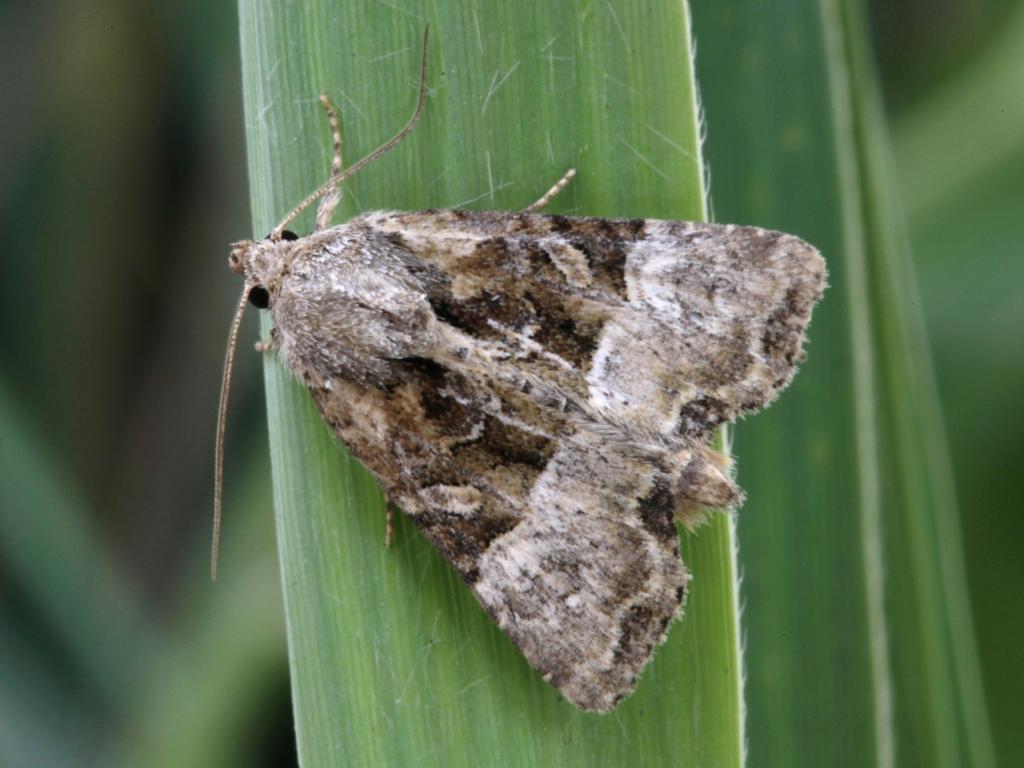
Cloaked Minor - Garry Barlow
Garry Barlow
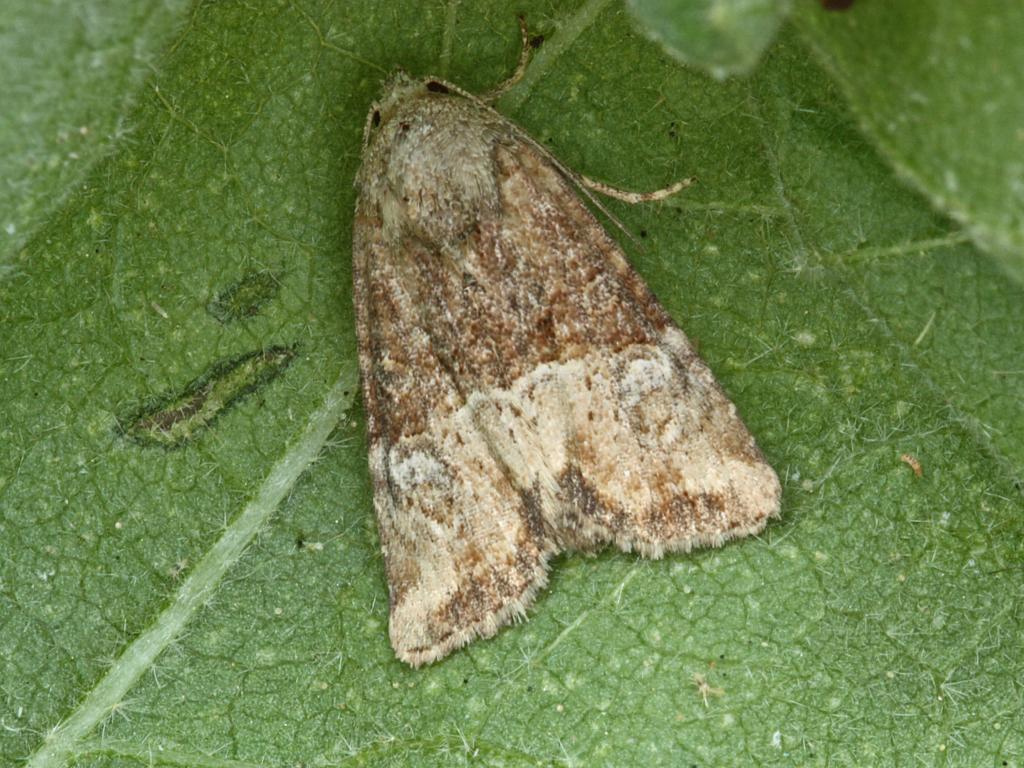
Peter Maton
Peter Maton
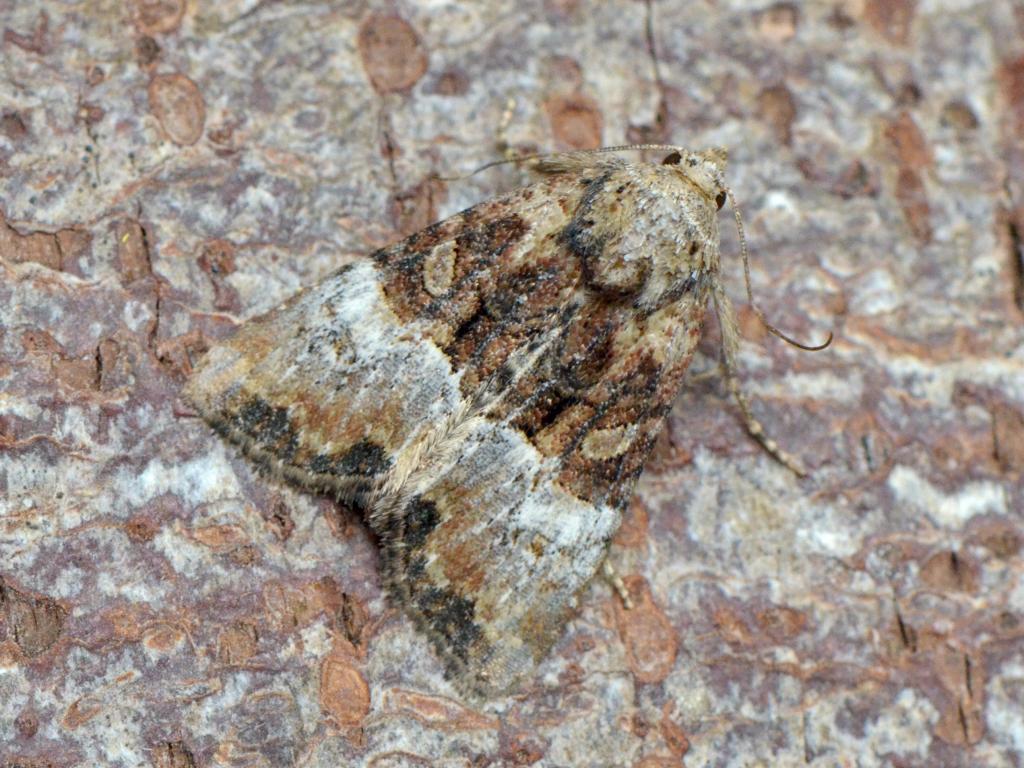
Cloaked Minor - Vlad Proklov
Vlad Proklov
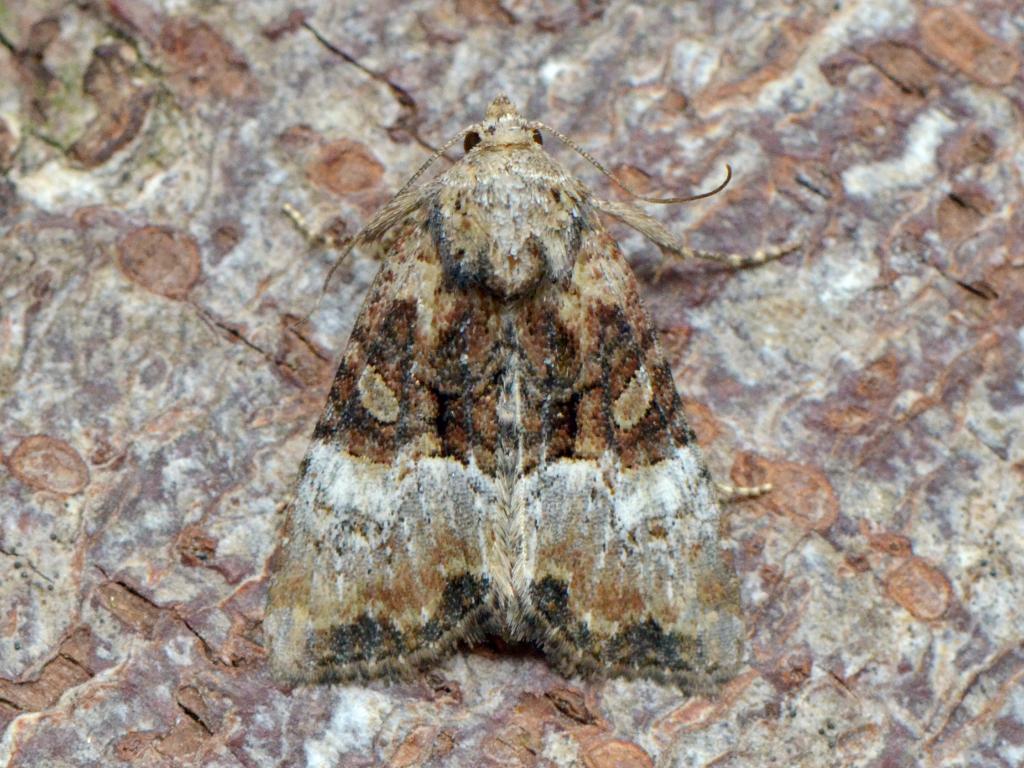
Cloaked Minor - Vlad Proklov
Vlad Proklov
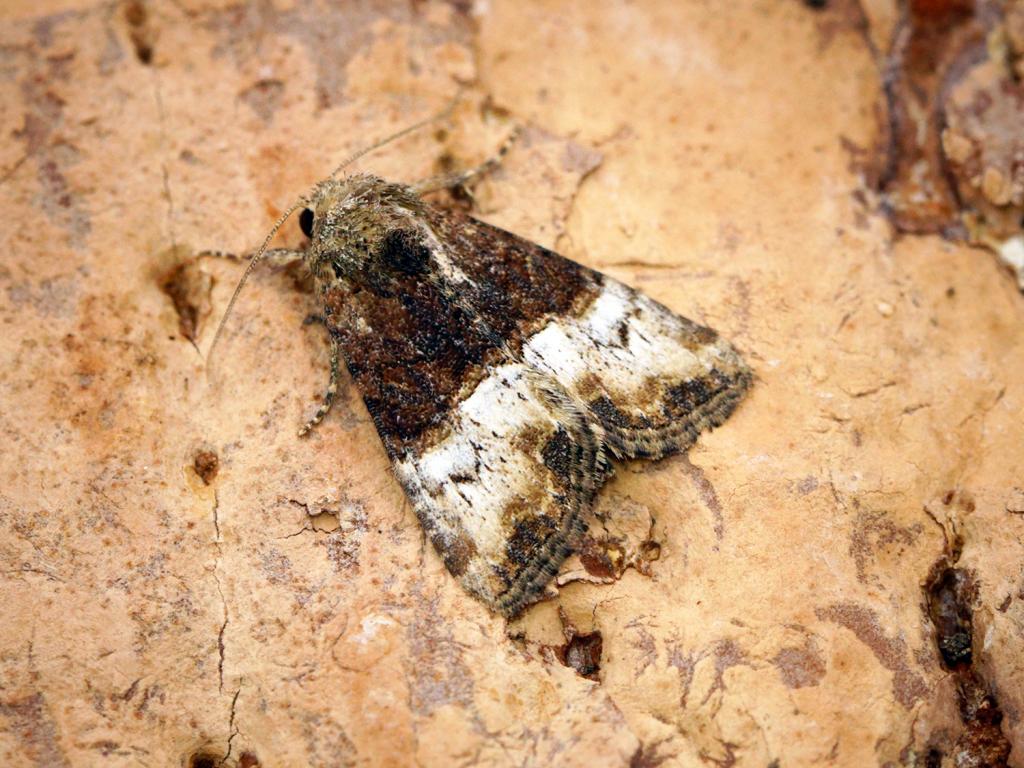
Cloaked Minor - Ben Sale
Ben Sale
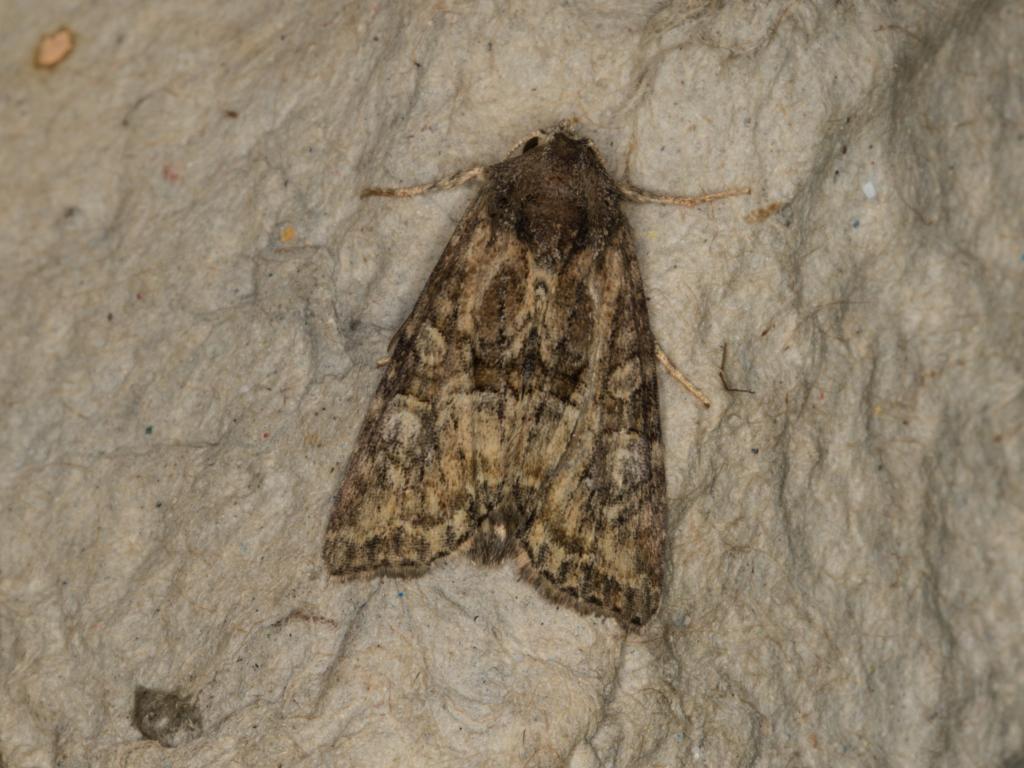
Cloaked Minor - Donald Hobern
Donald Hobern
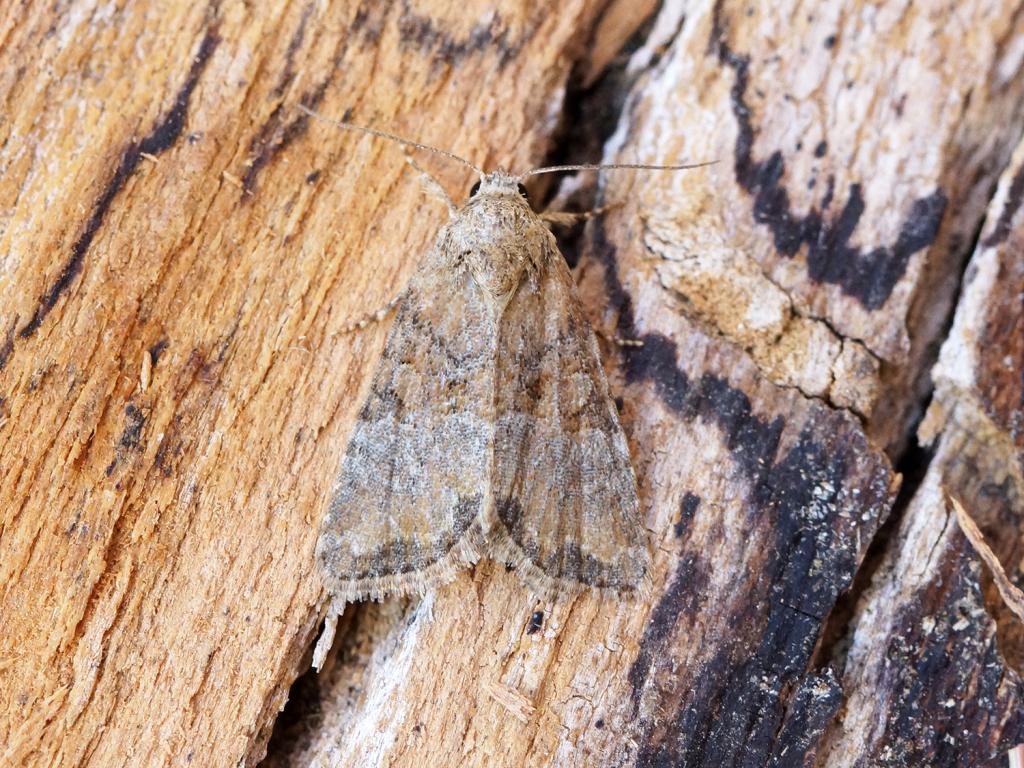
Cloaked Minor - Ben Sale
Ben Sale
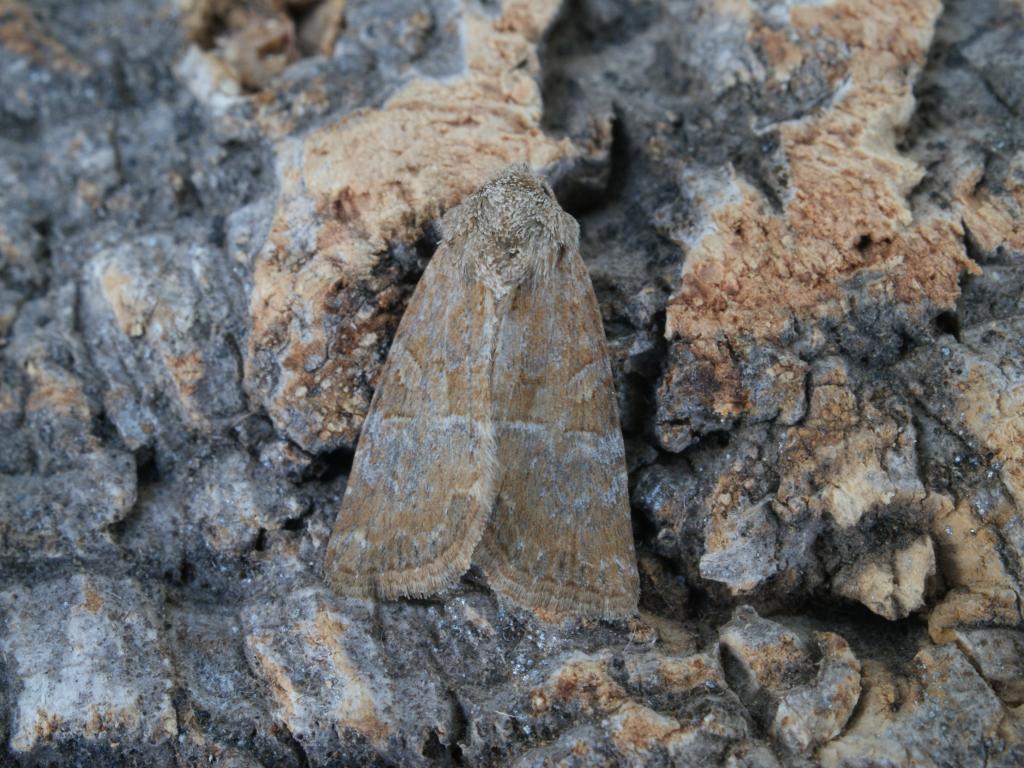
Cloaked Minor - Dave Shenton
Dave Shenton